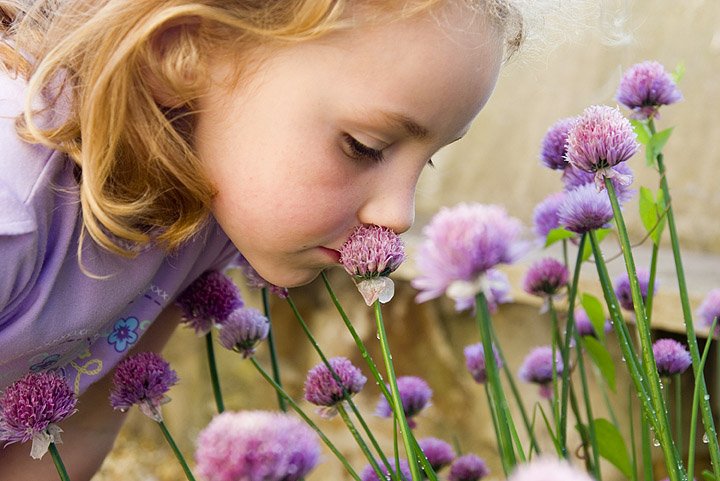How young children use sensory cues to make social decisions


New research from the Monell Center reveals that children begin using olfactory information to help guide their responses to emotionally-expressive faces at about five years of age. The findings advance understanding of how children integrate different types of sensory information to direct their social behavior.
In the study, published online ahead of print in Developmental Science, 140 children between three and eleven years old were invited to participate in the research while visiting a local children’s museum. Each child was exposed to one of three odors, either rose, fish, or blank, for three seconds. Immediately afterwards, the child saw a screen containing photographs of two faces, one happy and the other disgusted, and was asked to select one. Both facial expressions were from the same person. Afterward, the children rated the pleasantness of the odor.
However, begging at the age of 5, the odor influenced the children’s decision of which face to select. Specifically, the older children based their selection on whether the visual and olfactory cues were emotionally similar; for example, the happy face was selected more frequently when paired with an odor rated as pleasant. Similarly, exposure to the unpleasant fish odor increased the likelihood of choosing the disgusted face.
“Even though we may not be aware of it, the sense of smell influences how adults process emotional and social information to guide their decisions and behavior. Our findings establish that, beginning at the age of five, smell also influences children’s emotional decisions,” said cognitive neuroscientist Valentina Parma, PhD, one of the study’s authors.
Moving forward, the researchers intend to explore whether this same developmental path applies to children with autism spectrum disorder. If so, the sense of smell might represent a useful tool to complement social and emotional treatment options.
“Now that we know that children as young as five years old use smells to make emotionally-based decisions, it may be possible to use this information in educational settings to guide social behavior,” said Parma.
Prepared by





